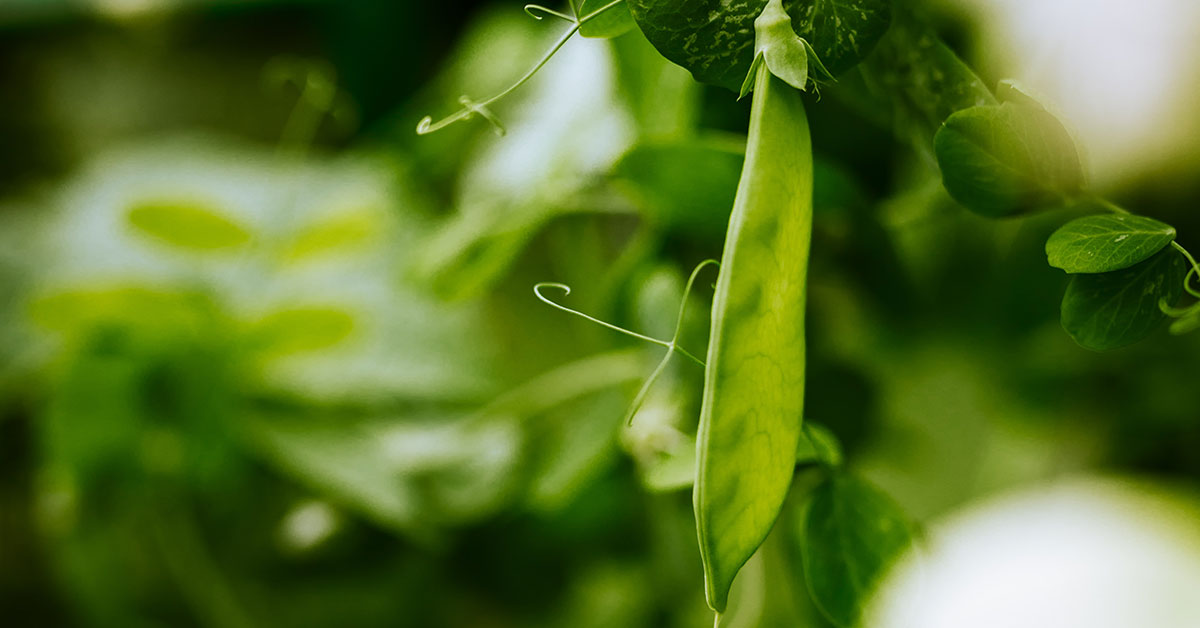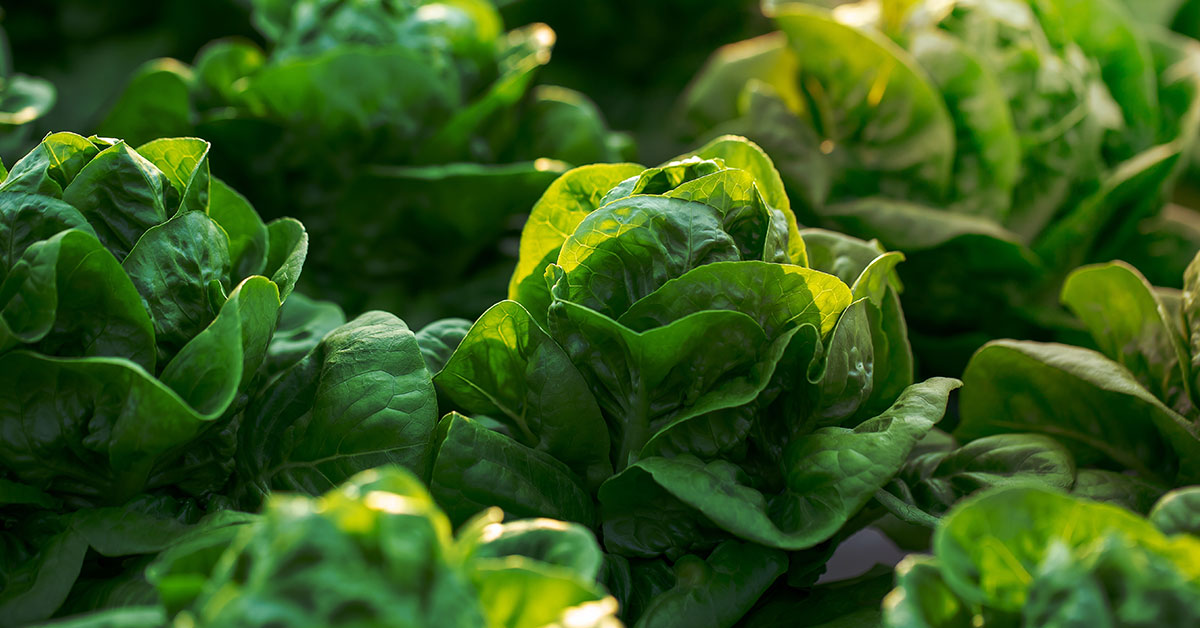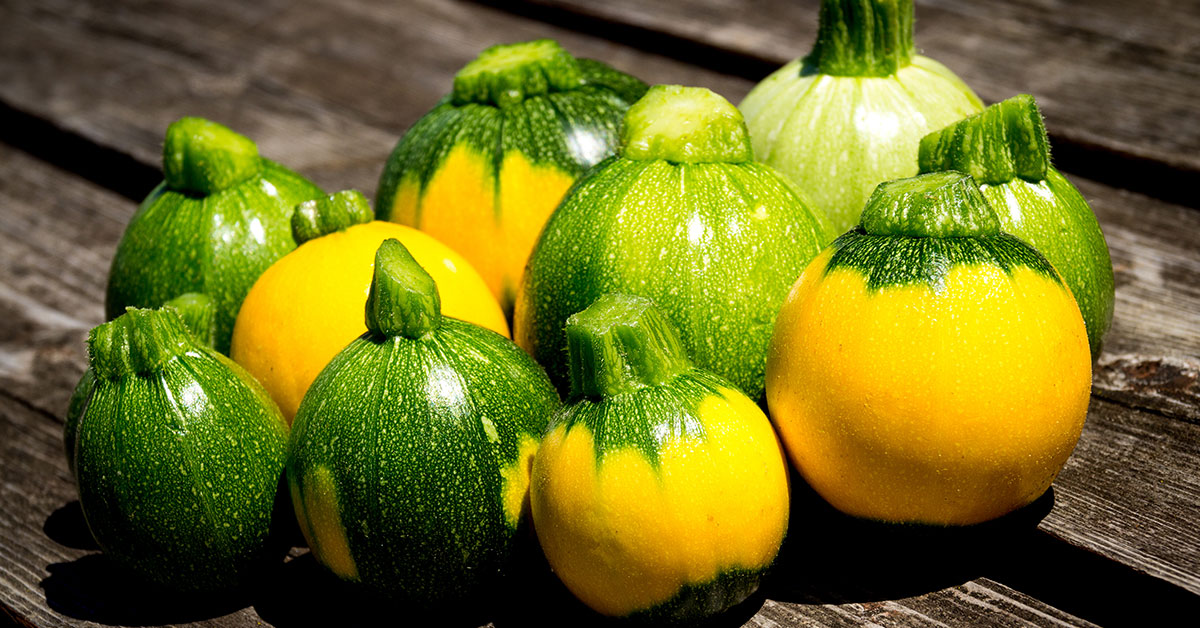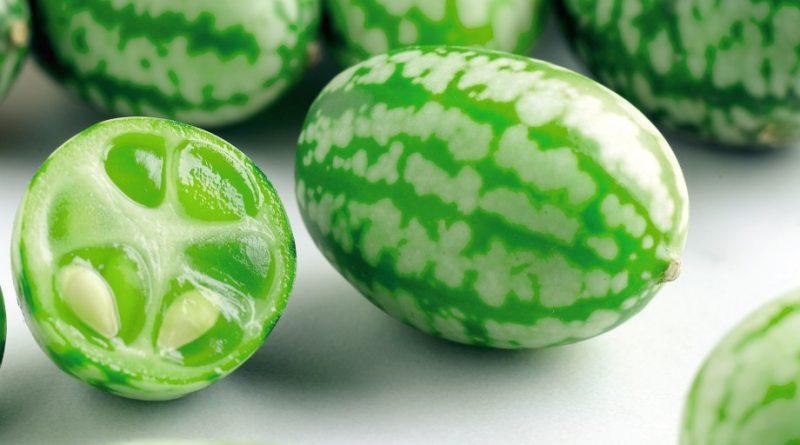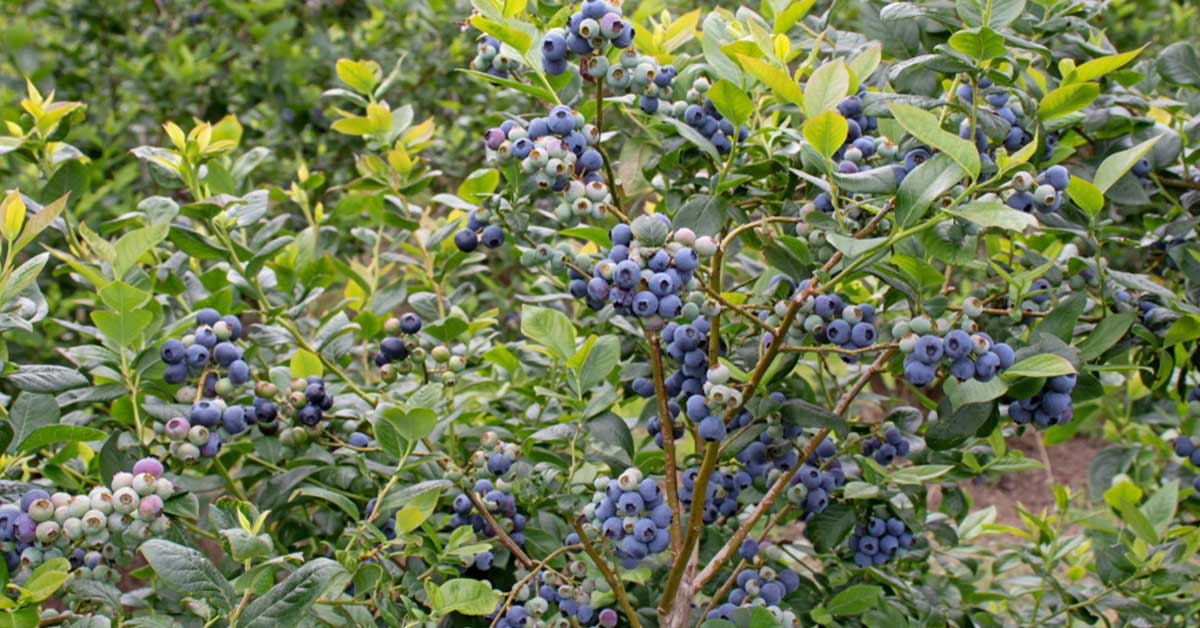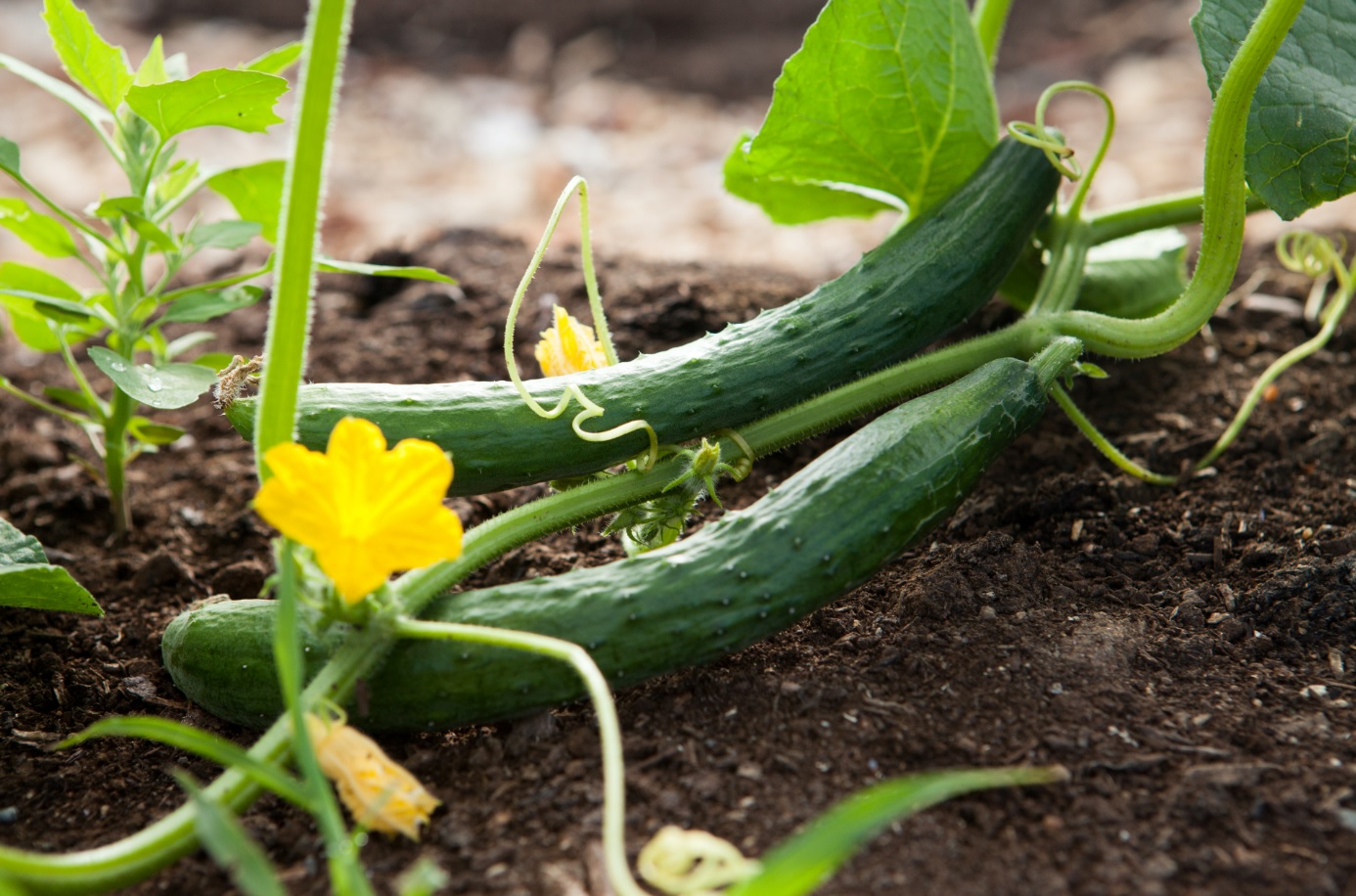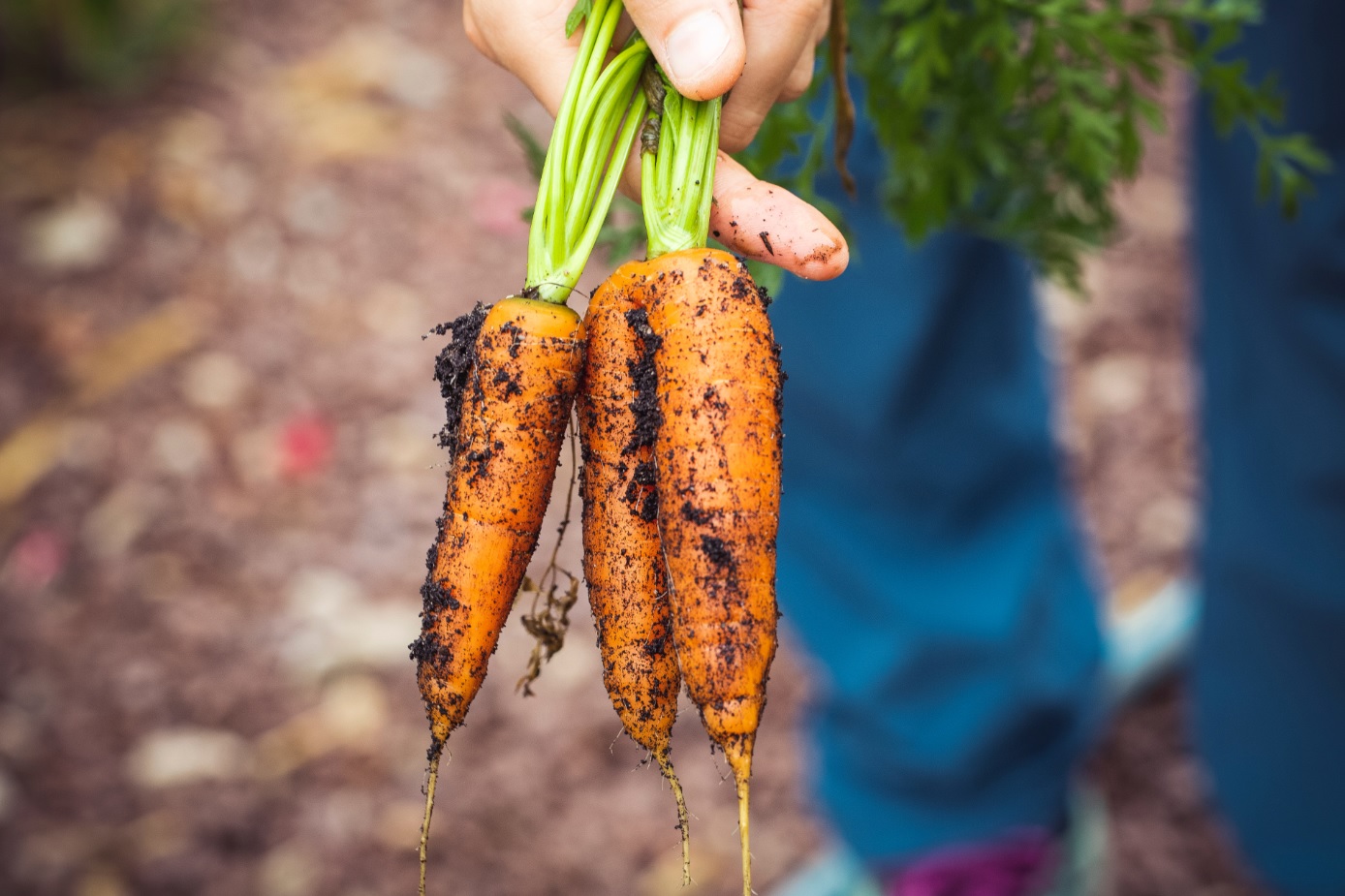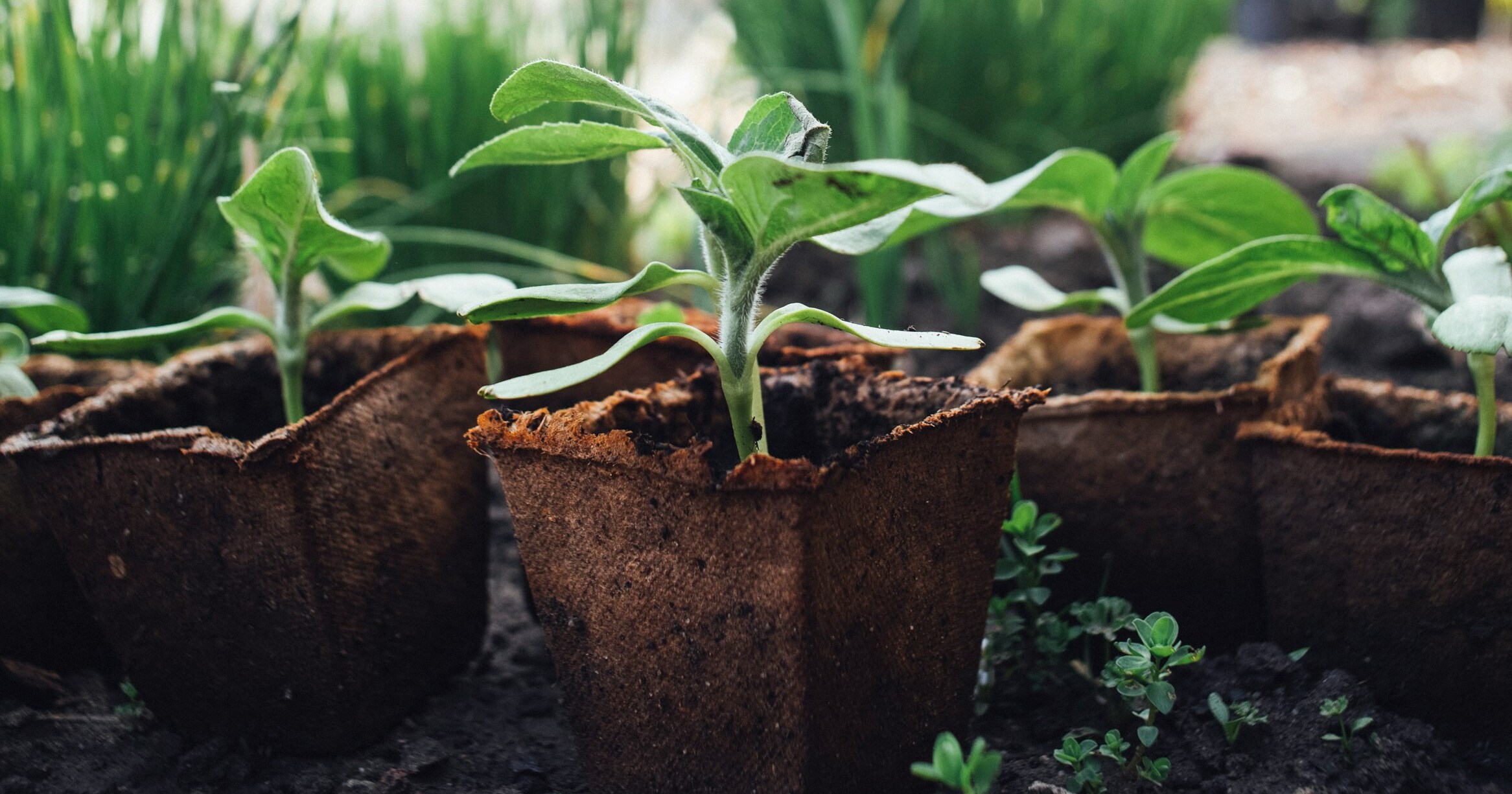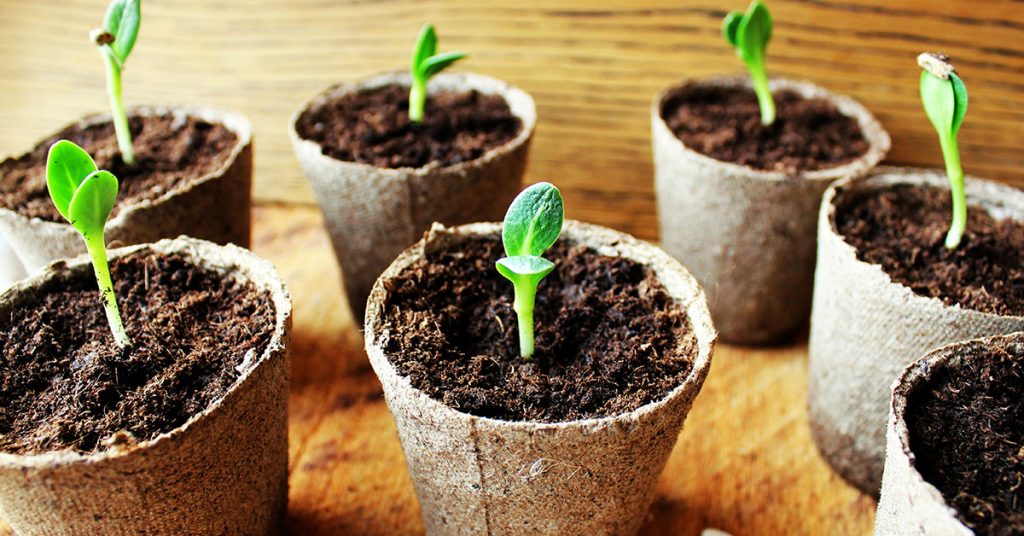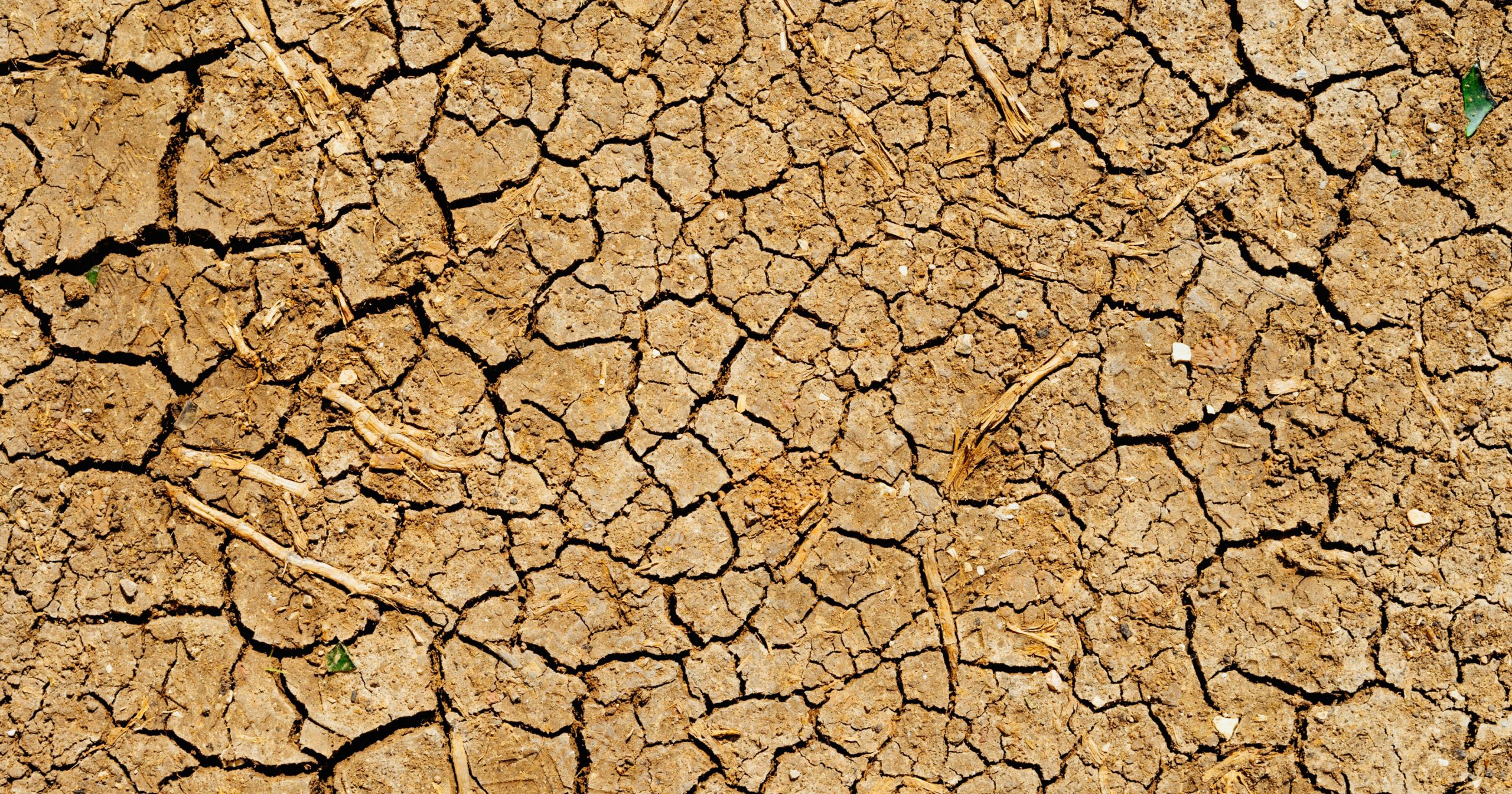Growing peas can be a delightful experience for any gardener. These versatile and nutritious plants add vibrant green hues to your garden and offer a delicious addition to your meals. However, many gardeners have questions about how to best grow and care for peas to ensure a bountiful harvest. Whether you’re new to gardening or looking to enhance your pea-growing skills, understanding the intricacies of cultivating peas can make all the difference.
In this article, I’ll address the top ten questions about growing peas, providing detailed answers to help you nurture healthy, productive plants. From planting to pest management, these expert tips will guide you through the entire growing process. Let’s dive into the wonderful world of peas and get your garden flourishing!
When Is the Best Time to Plant Peas?

The best time to plant peas is in early spring, as soon as the soil can be worked and the temperature is consistently above 40°F (4°C). Peas are cool-weather crops and thrive in temperatures between 55-70°F (13-21°C). Planting too late in the season can result in poor yields due to heat stress, so aim to get your peas in the ground as early as possible.
One of my favorite tips is to plant peas in succession to extend the harvest period. By sowing seeds every two weeks, you can enjoy a continuous supply of fresh peas. In warmer climates, you can also plant a fall crop about 8-10 weeks before the first expected frost. This ensures that your peas have time to mature in the cooler temperatures they prefer.
How Should I Prepare the Soil for Peas?
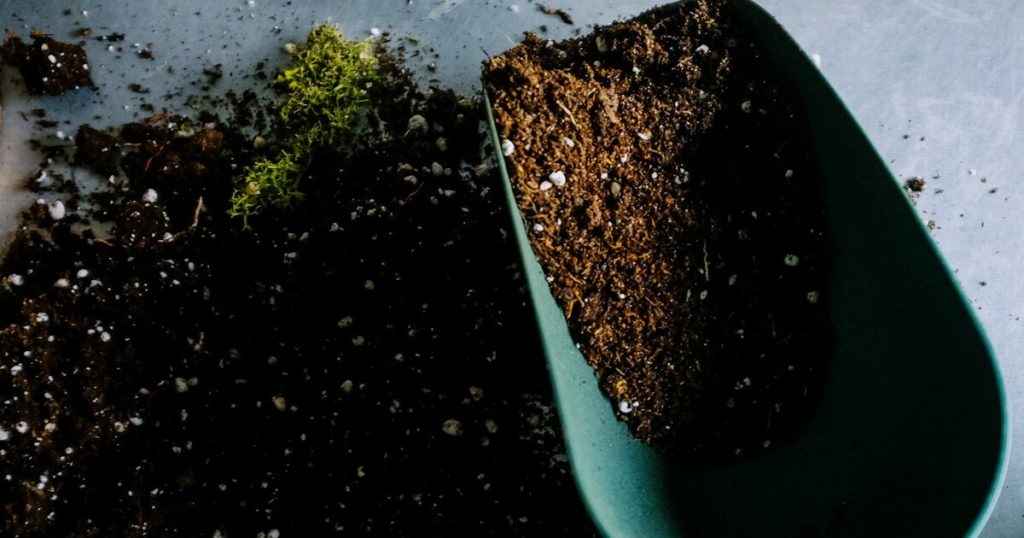
Peas thrive in well-drained, fertile soil with a pH between 6.0 and 7.5. Before planting, work in plenty of organic matter, such as compost or well-rotted manure, to improve soil structure and fertility. This helps retain moisture and provides the essential nutrients peas need to grow vigorously. Avoid using high-nitrogen fertilizers, as peas can fix their own nitrogen from the atmosphere.
Ensure that the soil is loose and free of large clumps or debris. Peas have relatively shallow roots, so a well-prepared seedbed allows for better root development and easier germination. Raised beds can be particularly beneficial for improving drainage, especially in areas with heavy clay soil. Proper soil preparation sets the foundation for a healthy and productive pea crop.
How Often Should I Water My Peas?
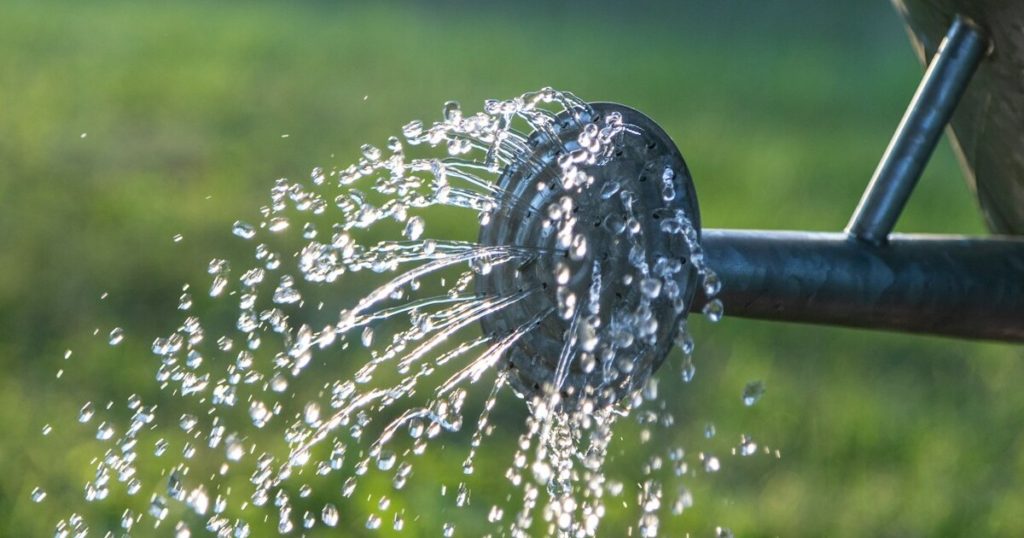
Peas require consistent moisture to thrive, especially during flowering and pod development. Aim to provide about 1 inch of water per week, adjusting based on rainfall and soil conditions. It’s best to water deeply and less frequently to encourage deep root growth, which helps the plants withstand dry periods.
Watering in the morning is ideal, as it allows the foliage to dry out during the day, reducing the risk of fungal diseases. Drip irrigation or soaker hoses are excellent options for delivering water directly to the soil without wetting the foliage. Mulching around the base of the plants can also help retain soil moisture and regulate temperature, ensuring your peas receive the hydration they need.
What Are the Common Pests and How Do I Control Them?
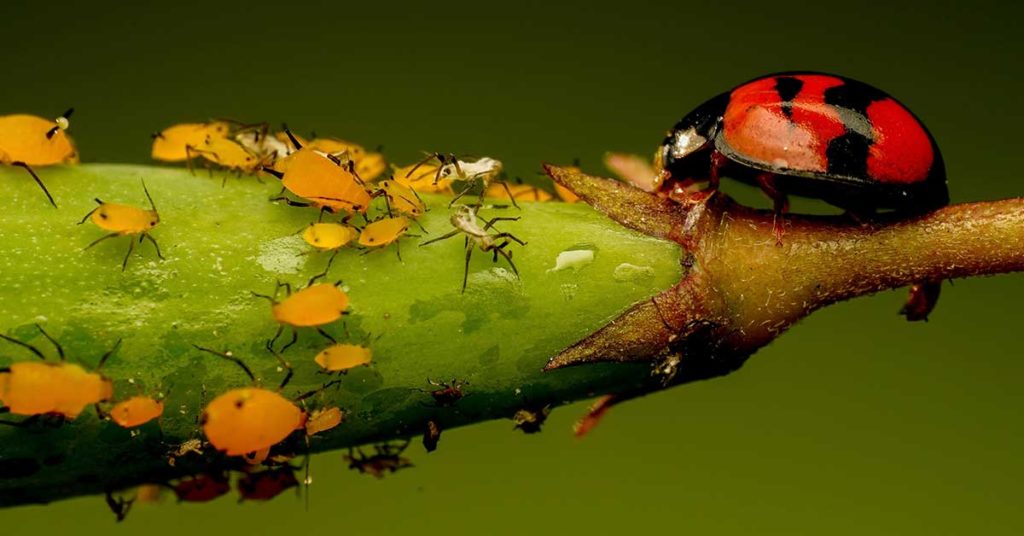
Peas can be affected by various pests, including aphids, pea weevils, and cutworms. Regularly inspecting your plants for signs of pest activity, such as damaged leaves or sticky residue, is crucial for early detection and control. Aphids can be managed with insecticidal soap or by introducing beneficial insects like ladybugs and lacewings. For pea weevils, crop rotation and planting resistant varieties can help reduce infestations.
To protect against cutworms, consider using collars made from cardboard or plastic around the base of young plants. Maintaining a clean garden and removing debris can reduce pest habitats. Companion planting with plants like mint, garlic, or marigolds can also help repel pests naturally. By combining these methods, you can keep your pea plants healthy and pest-free.
How Can I Prevent Diseases in My Pea Plants?
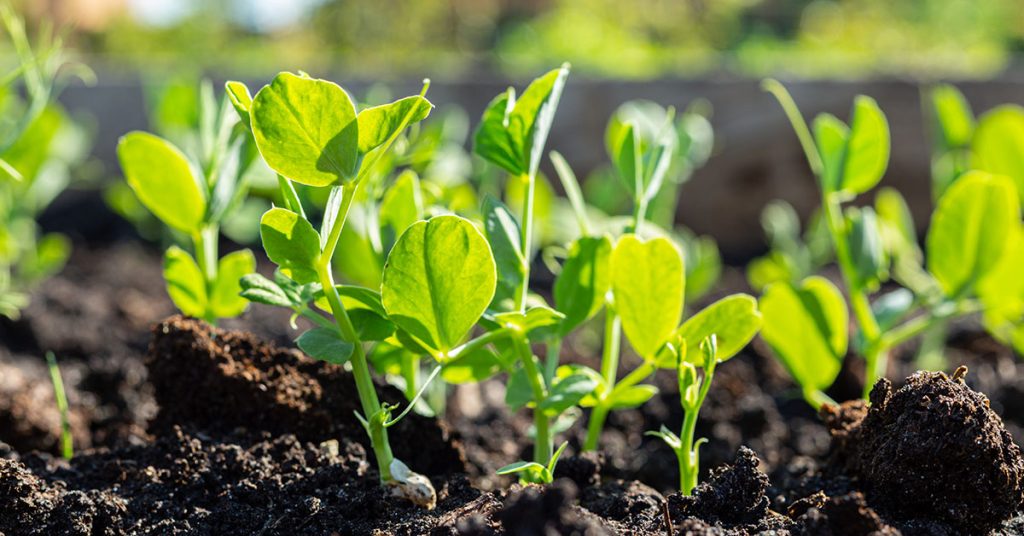
Preventing diseases in pea plants starts with selecting disease-resistant varieties and practicing good cultural habits. Avoid planting peas in the same spot where other legumes have grown in the past three years to reduce the risk of soil-borne diseases. Ensure proper spacing between plants to promote good air circulation, which helps prevent fungal diseases like powdery mildew and root rot.
Watering at the base of the plants rather than overhead keeps the foliage dry and reduces the likelihood of disease. Mulching can also help prevent soil-borne pathogens from splashing onto the leaves. If you notice any signs of disease, remove and dispose of affected plant material promptly to prevent the spread. Regularly inspecting your plants and taking preventive measures can help keep diseases at bay.
How Do I Support My Pea Plants?

Supporting your pea plants is essential to keep them upright, improve air circulation, and make harvesting easier. Most pea varieties, especially tall or climbing types, benefit from trellising. Use stakes, netting, or a fence to provide support for the vines as they grow. Erect the supports at planting time to avoid disturbing the roots later on.
Secure the pea plants to the supports with soft ties or garden twine as they grow. This helps prevent the vines from flopping over and keeps the pods off the ground, reducing the risk of disease and rot. Bush varieties, which are more compact, may not require support but can still benefit from a short trellis or stakes to keep them tidy and upright.
When and How Should I Harvest Peas?

Knowing when to harvest peas is crucial for the best flavor and texture. For shelling peas, harvest when the pods are plump and the peas inside are fully developed but still tender. Snap peas should be picked when the pods are fully grown but before the seeds inside start to swell. Snow peas are best harvested when the pods are flat and the peas inside are just beginning to form.
Use two hands to harvest peas, one to hold the vine and the other to gently pull off the pod. This prevents damage to the plant and encourages continued production. Regular harvesting, every few days, promotes more blooms and pods, ensuring a continuous supply of fresh peas. Enjoy your peas fresh, or blanch and freeze them for later use.
How Can I Improve Soil Health for Growing Peas?
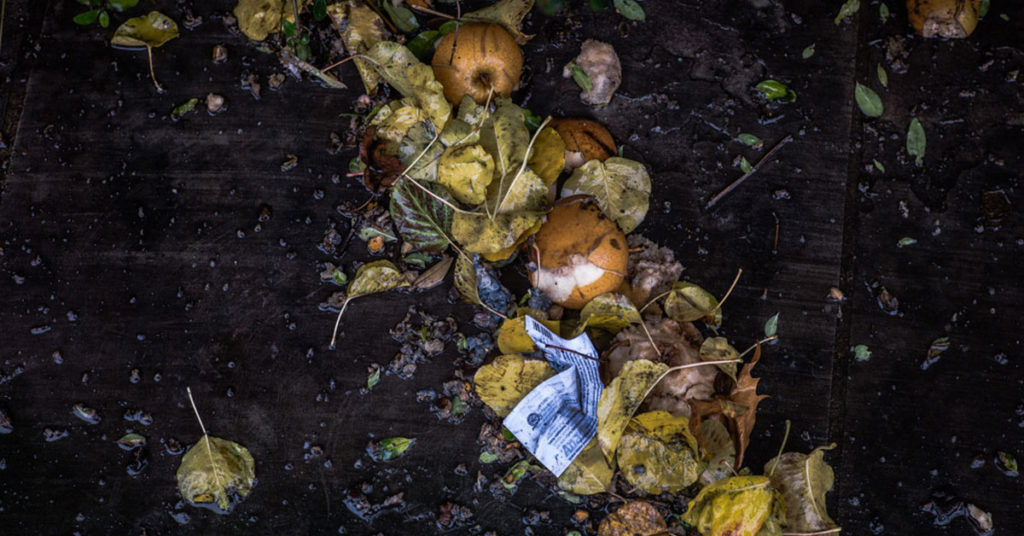
Healthy soil is the foundation for growing robust pea plants. Incorporating organic matter, such as compost or well-rotted manure, improves soil structure, fertility, and moisture retention. Regularly adding organic matter also promotes beneficial microbial activity, which helps break down nutrients and make them available to the plants.
Conducting a soil test can provide valuable insights into your soil’s nutrient levels and pH. Peas prefer a slightly acidic to neutral pH, between 6.0 and 7.5. Based on the test results, you can amend the soil with lime or sulfur to adjust the pH and add specific nutrients as needed. Rotating crops and avoiding planting peas in the same spot each year can also help maintain soil health and prevent disease buildup.
What Are the Best Varieties of Peas to Grow?
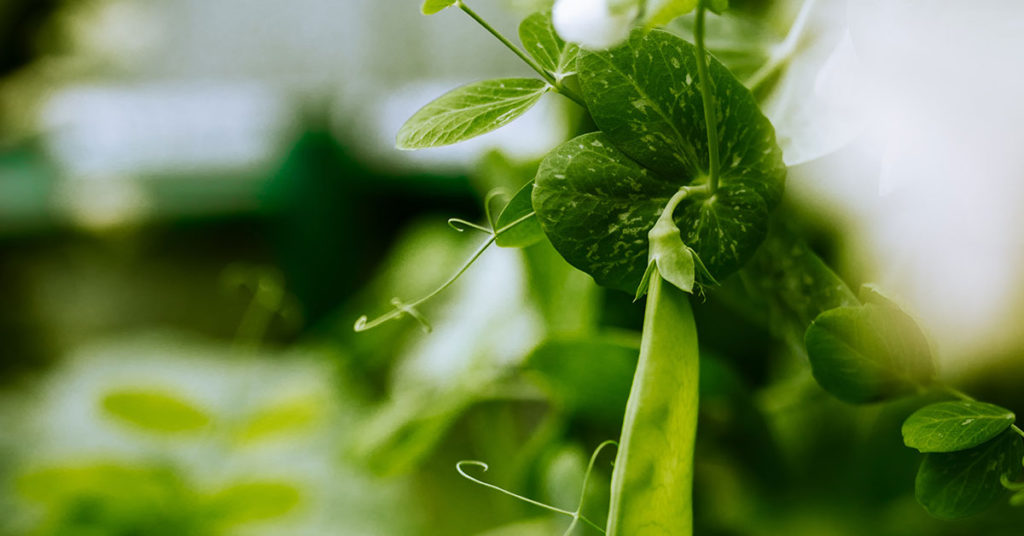
There are several types of peas, each with unique characteristics and growing requirements. Shelling peas, also known as English peas, are grown for their plump seeds and include varieties like ‘Green Arrow’ and ‘Little Marvel.’ Snap peas, such as ‘Sugar Snap’ and ‘Super Sugar Snap,’ have edible pods and seeds, making them a versatile choice. Snow peas, like ‘Oregon Sugar Pod II,’ are harvested when the pods are flat and tender.
For beginners, I recommend starting with snap peas, which are easy to grow and offer a sweet, crunchy texture. Experimenting with different types can add variety to your garden and meals, and you may discover new favorites. Choosing the right varieties for your garden ensures a diverse and flavorful pea harvest.
What Are the Benefits of Growing Peas?
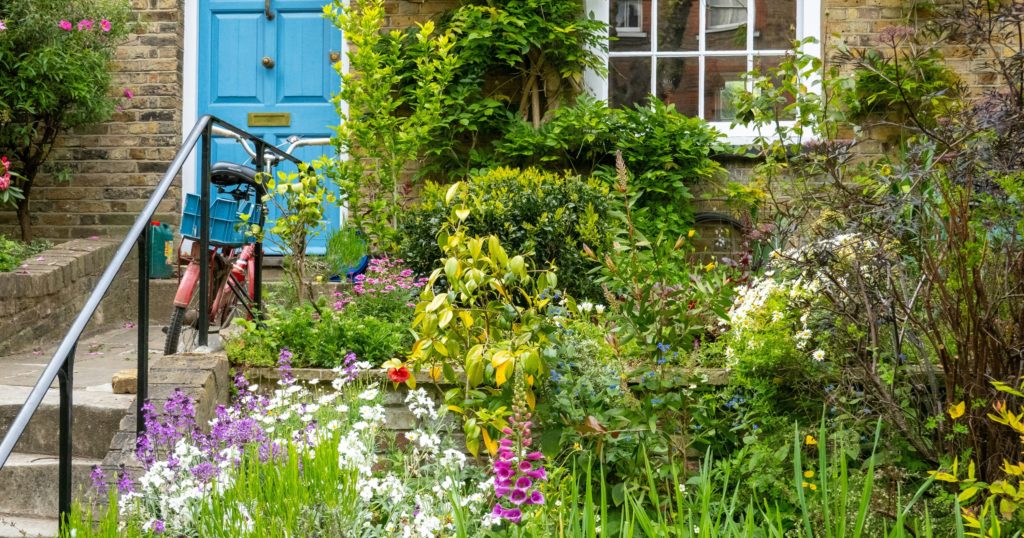
Growing peas offers numerous benefits beyond the obvious delight of fresh, homegrown produce. Peas are a fast-growing crop, allowing for quick harvests and a sense of accomplishment for gardeners of all levels. They are also incredibly nutritious, packed with vitamins A, C, and K, as well as fiber and protein.
Moreover, peas are a valuable addition to your garden’s ecosystem. As legumes, they have the unique ability to fix nitrogen in the soil, improving soil fertility for subsequent crops. Growing your own peas ensures that you have access to high-quality, pesticide-free produce. It’s also a great way to engage children in gardening and teach them about where their food comes from. With so many varieties and growing methods to explore, peas are a rewarding and valuable addition to any garden.
